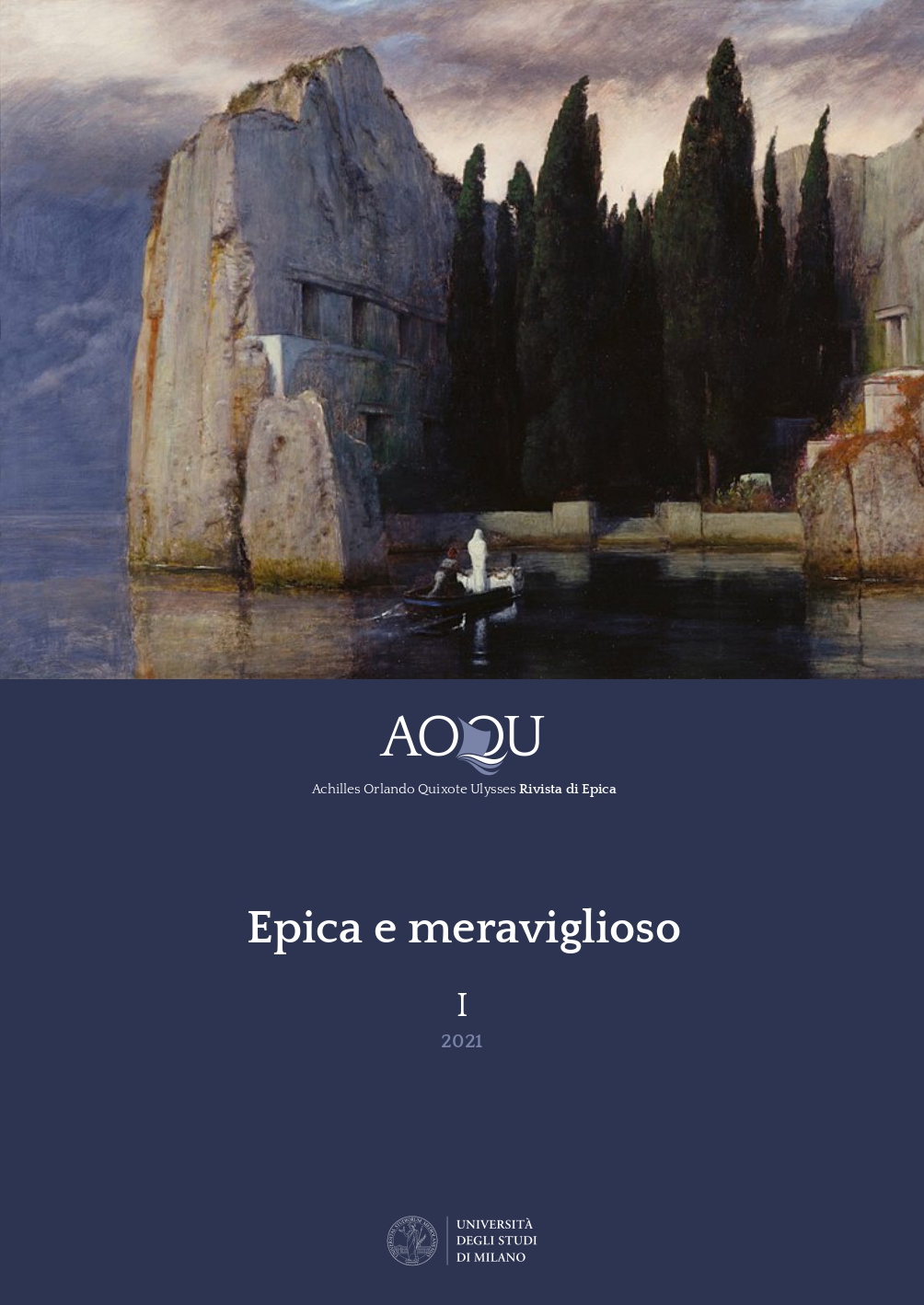Abstract
According to classical Indian aesthetic theory, adbhuta, the ‘marvellous’, is one of the nine canonical rasas, ‘moods’, that can be aroused in the audience by a theatrical or literary work, and Sanskrit epics largely resonate with adbhuta features. An episode of the Rāmāyaṇa (Rāmāyaṇa [Critical Edition], IV 49-52) recounts how, during their search for Sītā, a handful of monkeys led by Hanumān find themselves entering and remaining for some time almost imprisoned in a cave created by Maya, the great architect of the Asuras. The description of this cave is steeped in the imagery that connotes, in the Sanskrit epics and Buddhist literature of the early centuries CE, paradises and remote, fabulous places. Recurring elements of these places include vegetation made of gold and jewels and the presence of birds, and brilliance is a constant attribute.

